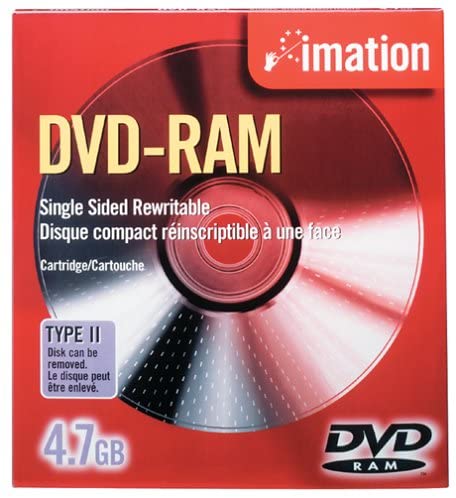Brisbane-based food equipment manufacturer Heat and Control is a shining example of successful collaboration between Australian engineering and Indian manufacturing.
Leveraging the Australia-India trade agreement, they’ve built a thriving global export business. With the help of Australia’s trade agreement with India, the company’s Indian subsidiary imports parts and design expertise from Australia. It makes bespoke food-manufacturing equipment in Chennai, and exports around the world.
A Winning Formula: Aussie Brains, Indian Brawn
Brisbane-based food-equipment manufacturer Heat and Control is expanding its global footprint with the support of Australian engineering and advanced manufacturing capabilities in India. Benefiting from Australia’s trade agreement with India, the company’s Indian subsidiary imports parts and expertise from Australia to manufacture customized food-processing equipment in Chennai, which it exports worldwide. India’s food manufacturing sector is growing fast. According to the Economic Times of India, it is expected to be worth US$535 billion by 2025–26. But to stay self-sufficient in food manufacturing, the country needs to adopt the latest technology.
Heat and Control is one of the world’s leading manufacturers of food processing and packaging equipment. If a food manufacturer needs equipment to cook, bake, fry, season or coat something, it’s likely Heat and Control can make it.
Manoj Paul, Heat and Control’s General Manager for India and South Asia, highlights the company’s global reach: “Today, around 70% of everything we produce here is exported. We serve customers across South America, Europe, and Southeast Asia.”
Heat and Control, renowned globally for its food processing and packaging solutions, initially entered the Indian market in 2006, focusing initially on equipment for Western-style snacks. However, responding to demand, the company adapted its offerings to include machinery for traditional Indian snacks like ‘namkeen’.
“Australian engineers studied the production of namkeen in India and engineered tailored solutions,” explains Paul. “We established a manufacturing facility in Chennai, assembling machines using imported Australian parts. Our machines initially produced namkeen at 500 kilograms per hour, later scaling to capacities of one and three tonnes per hour.”
The success of these machines drove substantial growth. By early 2024, Heat and Control’s Chennai facility employed over 600 personnel in manufacturing, sales, and administration.
The Australia-India Cooperation and Trade Agreement (AI-ECTA), facilitating the tariff-free movement of goods between the two nations, has been pivotal for Heat and Control. “AI-ECTA has been immensely beneficial,” says Paul. “It allows us to import parts from Australia without tariffs, assemble them in Chennai, and export finished machinery back to Australia duty-free.”
Paul notes that AI-ECTA has also spurred automation in India’s food processing sector, supporting local businesses in scaling up operations. “Our advanced machinery enables small, local food manufacturers in India to compete globally,” he adds.
Combining Australian design expertise with Indian manufacturing capabilities has positioned Heat and Control as a global leader. Recent successes include securing orders from Europe and South America for high-capacity machinery, such as a system capable of producing French fries at 25 tonnes per hour, engineered in Australia and assembled in India.
“Austrade has played a crucial role in our journey,” Paul acknowledges. “They facilitated interactions with the Indian Government and connected us with potential customers and investors through industry events.”
This is sourced from Austrade. Full story here
Keep up to date with our stories on LinkedIn, Twitter, Facebook and Instagram.


